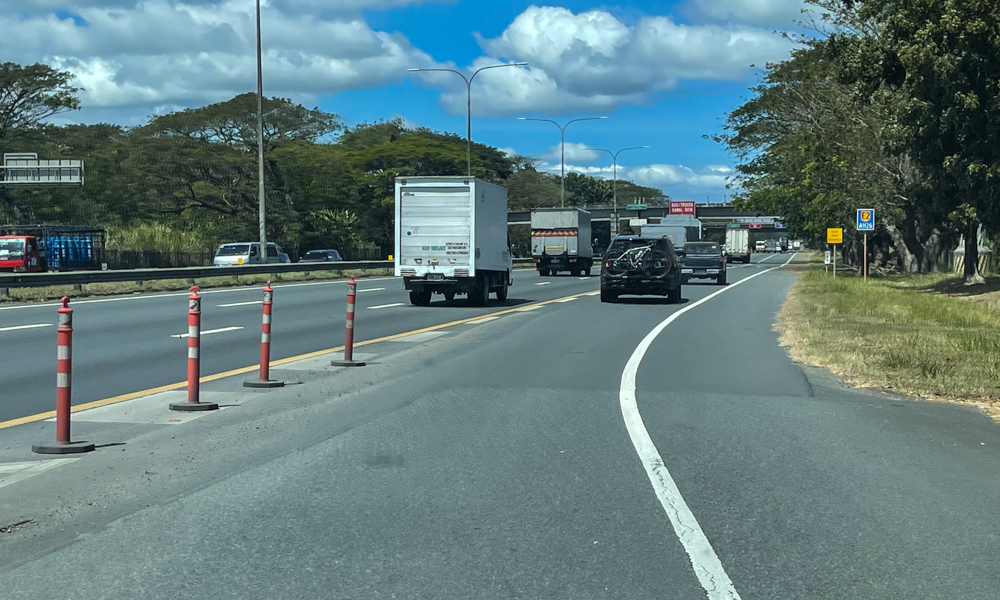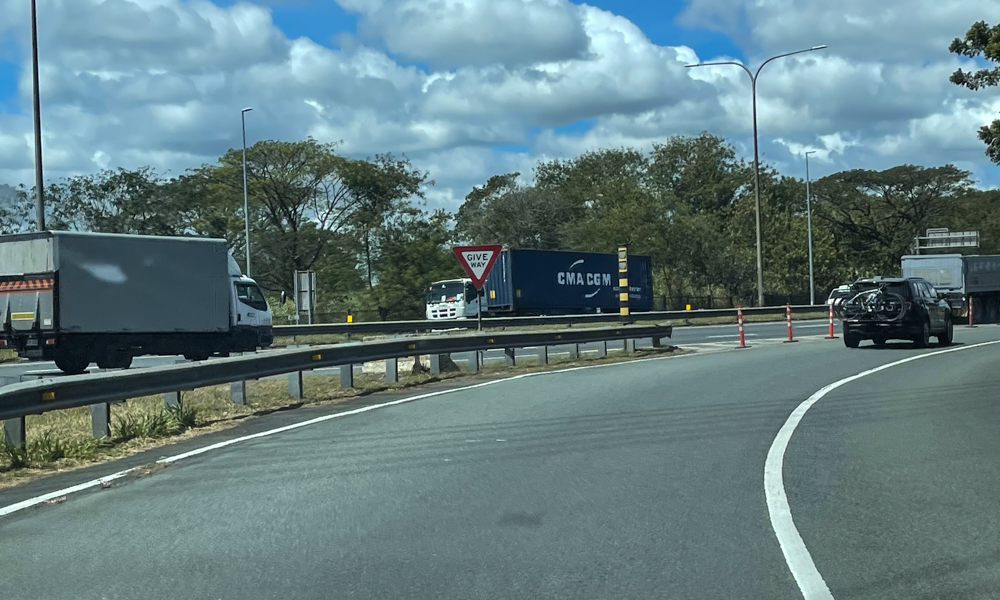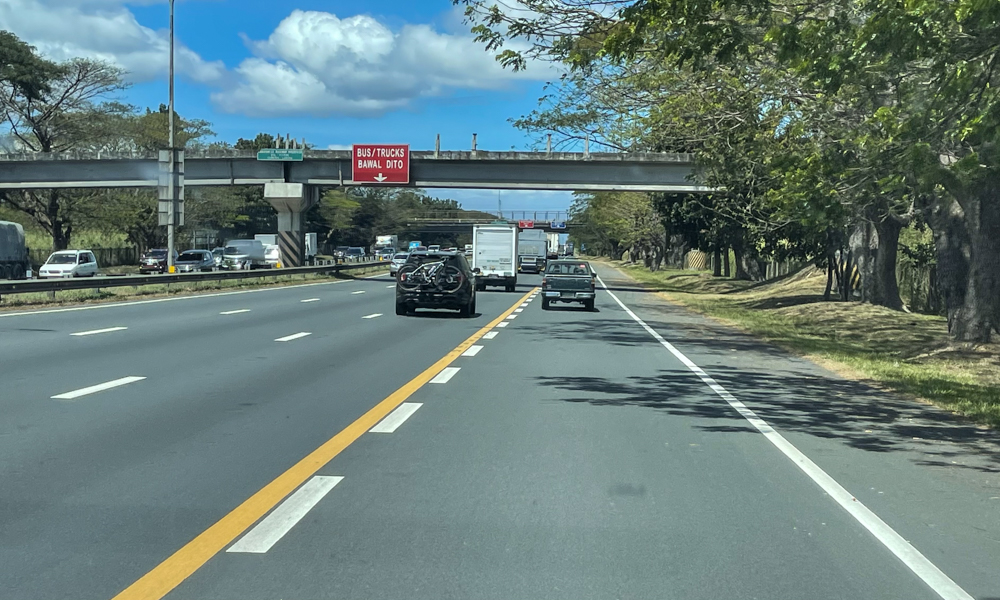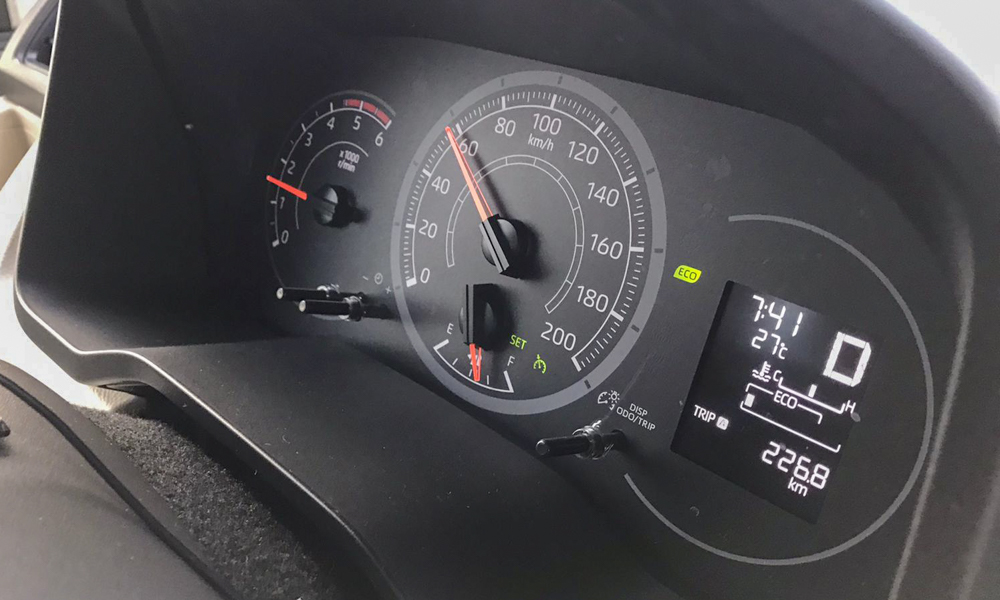
Expressway driving gives us a respite from the horrible traffic conditions we face in the city. Toll roads are one of the few places where the tarmac is manicured, and average speeds are generally high. But even then, tollways in the Philippines don’t always guarantee a stress-free trip.
We’re all upset with the entitled pricks who hog the left lane. Although there are clear signs that vehicles should never stay in the left lane unless they are passing, enforcement is generally lax so people continue to do it. However, another type of expressway user that is equally annoying and, in my opinion, just as dangerous is the guy that doesn’t merge properly.
You see, the reason why expressway on-ramps exist is to give drivers enough room to get up to the minimum speed limit in order to merge safely. Common sense will tell you that it is far easier to merge when you’re up to speed, and that doing so too slowly runs the risk of you being rear-ended by fast-moving vehicles.


But one thing I’ve noticed in practically any toll road I’ve been to is that very few people, if any, actually know how to merge safely. Oftentimes, drivers have no sense of urgency and take their sweet time accelerating on the on-ramp. Adding insult to injury, these same drivers will be the ones darting across multiple lanes while lumbering toward their cruising speed.
If the title of this article isn’t already obvious, this irritates me to no end because it’s like motorists don’t realize that the expressway environment is a dangerous one. For example, a subcompact sedan will be merging at 40km/h right in front of a truck that’s already doing 70km/h. If that truck loses its brakes or pops a tire, it’s game over for the small car and the poor souls in it.
In the US, average speeds on the interstate regularly top 60mph (97km/h) or more (even for trucks). One could only imagine the carnage that could ensue if a slow-moving crossover gets pancaked by an 18-wheeler thundering down the rightmost lane. That’s why drivers there consider merging as serious business, and they would often gun their engines just to do it safely.
And it’s the same thing that I do as well just to be able to reach the minimum speed limit of 60km/h before I merge, even if it means flooring the accelerator. And I believe everybody ought to do it that way as well. Once you know the consequences of merging too slowly, then you’ll probably understand why I do it the way it’s done in America.

Sadly, this is one skill that I think isn’t taught by driving schools in the country or the Land Transportation Office‘s online learning materials. Heck, even expressway operators don’t give advisories on how drivers should merge, which is why people don’t know how to (or just don’t give a hoot).
Now, you might say that some on-ramps are too short or that your car has too little horsepower. We clearly can’t do anything about the former, but the lack of oomph is something that can be addressed by at least trying. If you’re not used to burying your throttle pedal, this is one of the few times you should do it. In my line of work, I’ve driven a wide range of cars from econoboxes to my personal diesel van, and all of them generally have enough performance to get to 60km/h on the on-ramp and merge safely.
Unless you drive a truck, I don’t think there is an excuse not to be able to merge properly. But if acceleration is still an issue, then consider staying off the expressways. And for those who drive in reverse when they miss their exits, there’s another article (and a special place in motoring hell) just for you.


0 Comments